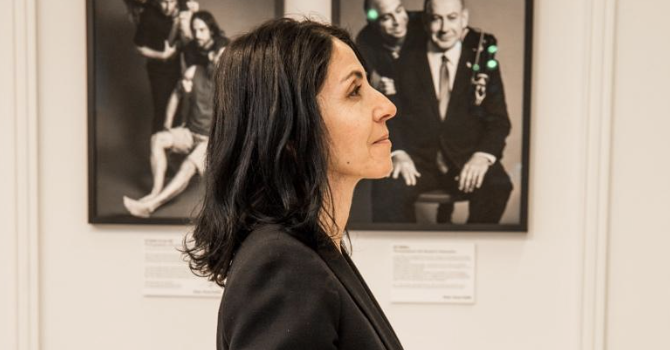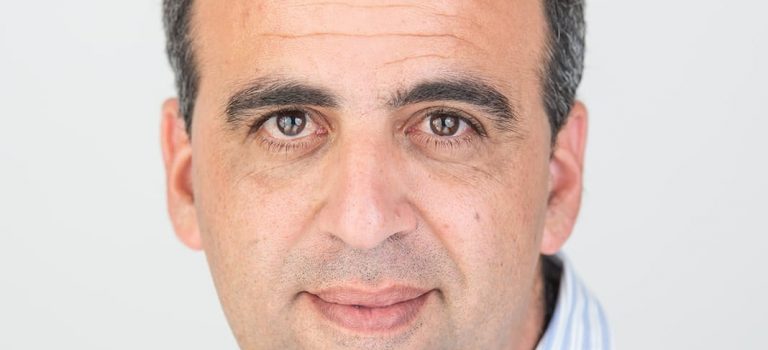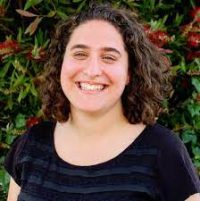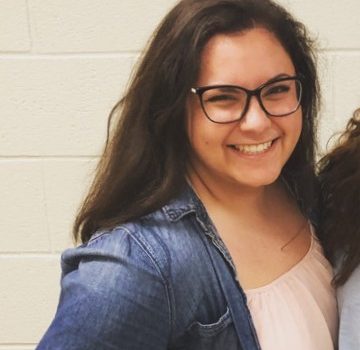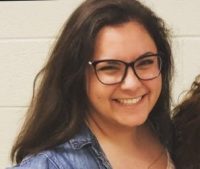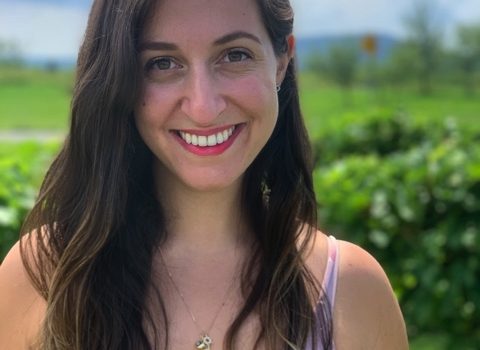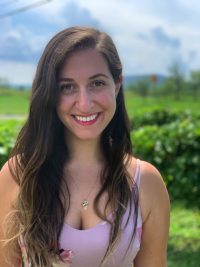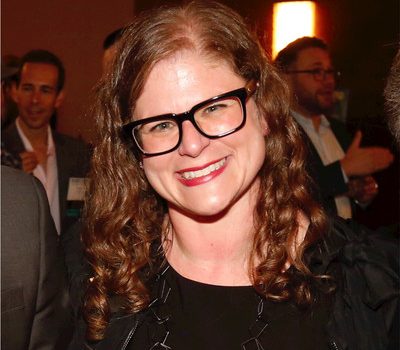By Dr. Isaac Amon, Director of Academic Research
Jewish Heritage Alliance, St. Louis, Missouri, USA
November, 2022
Last year, I had the great honor and pleasure of participating in the first ever national cohort of the Sephardic Leaders Fellowship. Graciously hosted on Zoom by Jews Indigenous to the Middle East and North Africa (JIMENA), it was a rather unique and remarkable experience. A few things became apparent to me over the course of this fellowship.
First was the sense of camaraderie. Fellows came from cities and towns across the USA and Canada, with diverse backgrounds, religious perspectives, and family stories. Yet, from the very first session, we opened up to each other, recognizing our common origin, struggle at times to incorporate Sephardic and Mizrahi identity, and desire to learn from all participants. Second was the scope of topics discussed in the sessions and the quality of educators and teachers. Each session was different and examined a distinct aspect of the Sephardic worldview.
Third, the Sephardic and Mizrahi experiences have transformed the course of Jewish, and world, history. In the 21st century, with global interconnectedness, we can no longer solely depict the Ashkenazi narrative, even though it may still be dominant. Indeed, forgetting or neglecting non-Ashkenazi ones is not merely an injustice but negates millennia of lived experiences of Jewish communities around the world.
I was privileged to know my grandparents of blessed memory; at least one grandparent lived in the home for 25 years until they all passed. My paternal grandparents Dr. Rene Isaac Amon and Mrs. Denise Nahmad Amon – from Istanbul, Turkey and Aleppo, Syria – were Sephardi and Mizrahi. My maternal grandparents Mr. Henry Hutkin and Mrs. Lilian Rubin Hutkin – from the USA and Ukraine – were Ashkenazi. Due to this mélange of customs, languages, and cultural expressions, my early life and upbringing was an exceedingly enriching synthesis, especially during holidays and life cycle events when my grandparents gathered together and celebrated with my parents, my brothers, and myself.
While my brothers and I attended Ashkenazi school and synagogues, Sephardic traditions were emphasized as much as possible in the home. For example, Ashkenazi Jews traditionally do not name grandchildren after grandparents if they are living whereas Sephardic Jews do. Many Sephardic Jews eat kitniyot (legumes) during Passover while Ashkenazi Jews do not. In addition, my grandparents always stressed the classical cosmopolitan nature of Sephardic Jewish history, identity, and thought; Jewishness was something that came naturally like the air we breathe yet we were always open to alternative interpretations and other ideas, believing that all concepts stem from the same source. Out of diversity comes genuine unity; out of many, one (like the American motto).
These traditions and perspectives (although even my own grandparents respectively differed in these practices) were markers of a distinctive identity in an Ashkenazi community. While my Sephardic background was respected, some customs and values were characterized as exotic or non-traditional. It sometimes left me feeling like an outlier, but that reaction prompted a resolve to learn more about my ancestral heritage.
I imbibed as much as I could from my grandparents, absorbing stories of their childhoods, daily lives, and families in the former Ottoman Empire. Whether it was making kibbeh or lahmahjin, learning some Ladino words, or striving to synthesize religious and secular knowledge, this intergenerational Sephardic inheritance – transcending time and space – is worthy of being supported and disseminated to the public square; it is an extraordinary story for Jews and non-Jews alike. There is something in the story of Sepharad for all. Being a part of the JIMENA fellowship allowed me to meet people with quite similar backgrounds and to learn new things about my paternal heritage, which stretches back to 15th century Spain. While that way of life has vanished, remnants endure.
As Director of Academic Research at Jewish Heritage Alliance (JHA), a cultural and historical nonprofit dedicated to preserving and promoting Sephardic heritage, I often give virtual and in-person presentations to synagogues, communities, conferences, and schools. The JIMENA fellowship made me realize how much remarkable work is also being done by my peers and colleagues in keeping Sephardic and Mizrahi memories alive in Ashkenazi and non-Jewish spaces and communities. In this venture, we need friends and allies for Sephardic and Mizrahi history is Jewish history and Jewish history is ultimately human history.
I’m grateful to JIMENA for the opportunity to have participated in the Sephardic Leaders fellowship, which allowed me to virtually meet with peers across North America who are involved in perpetuating Sephardic legacy. I look forward to future collaboration with my new friends and continuing to share this Sephardic heritage with the world at large.


